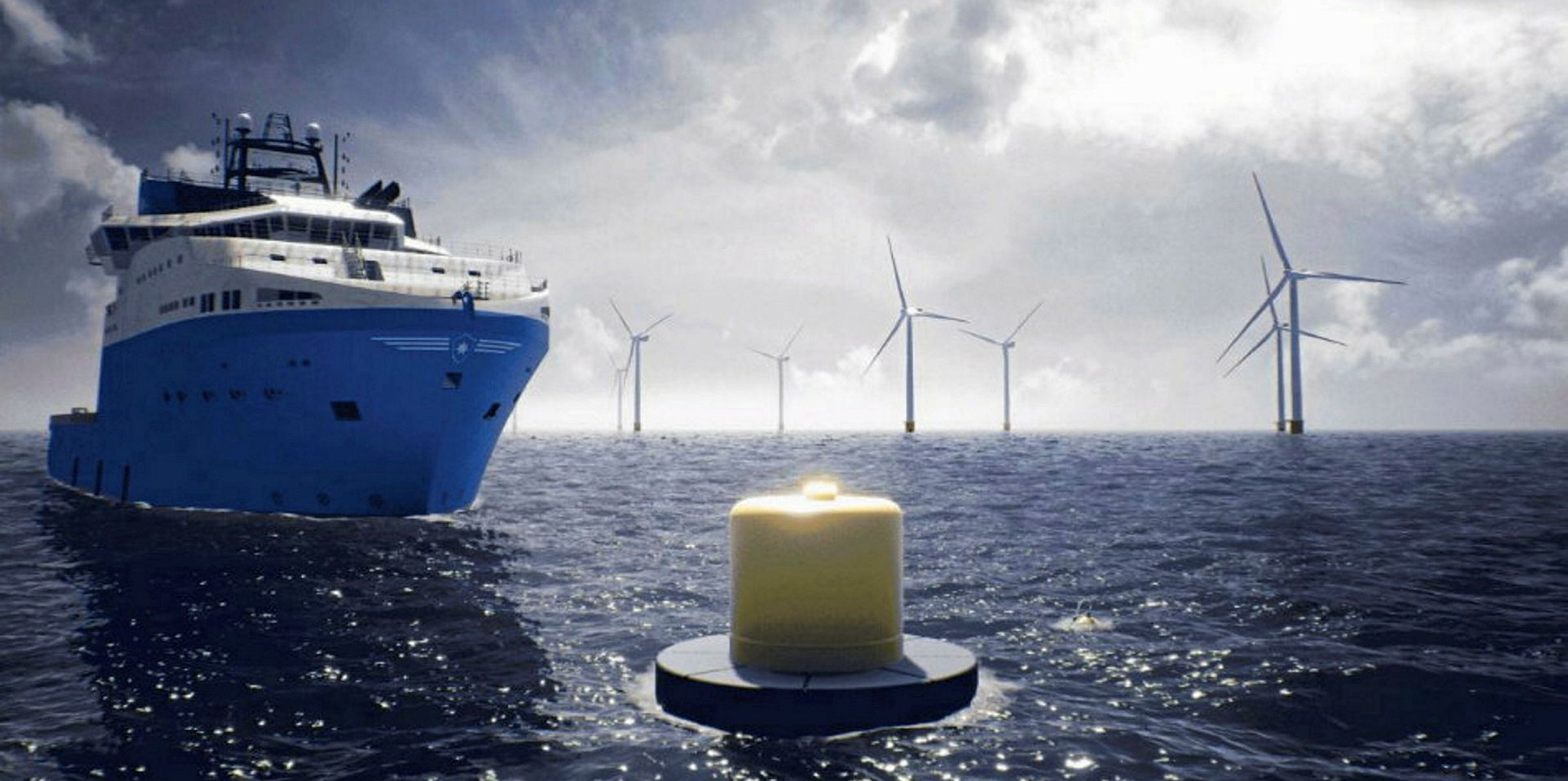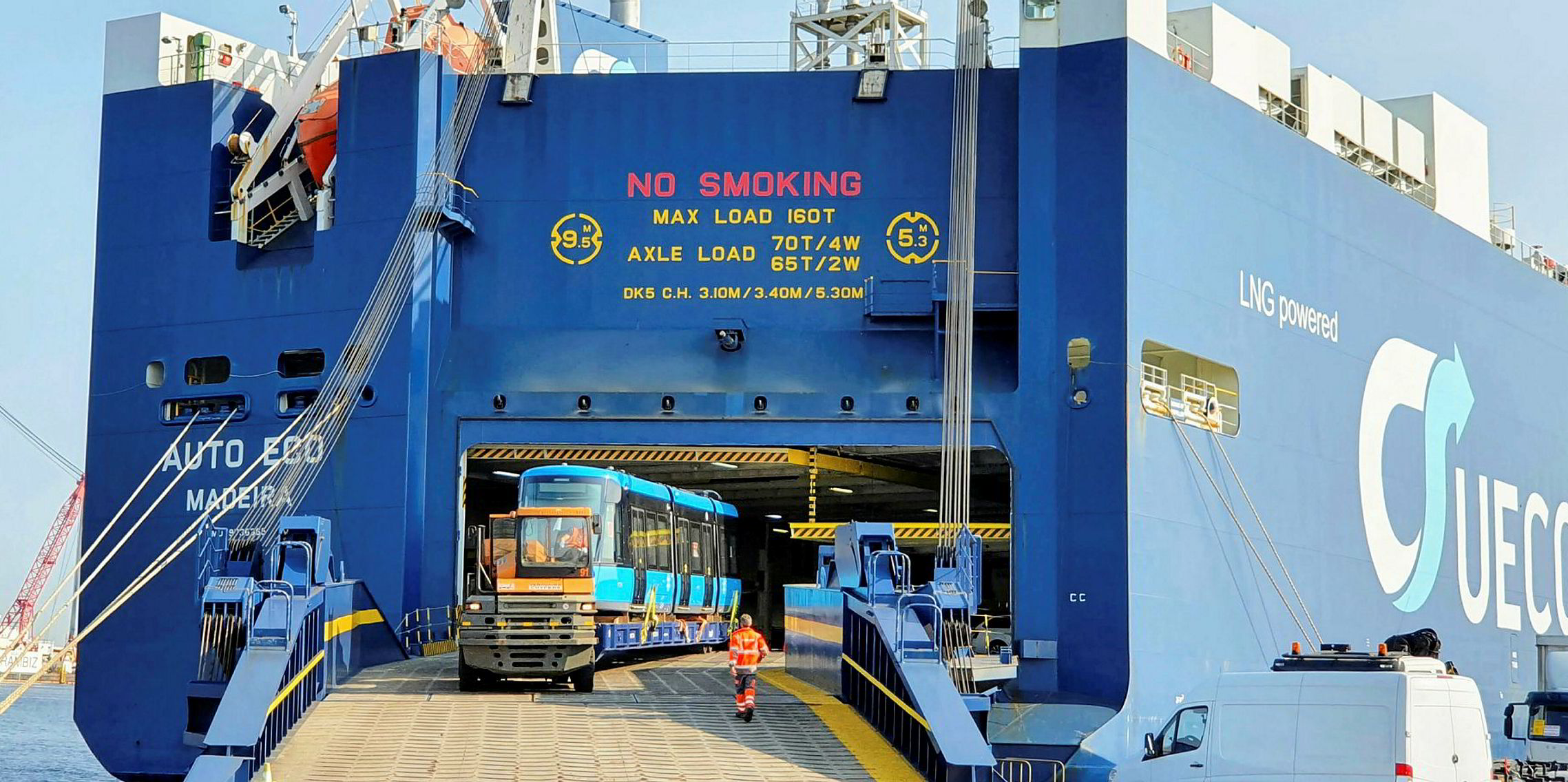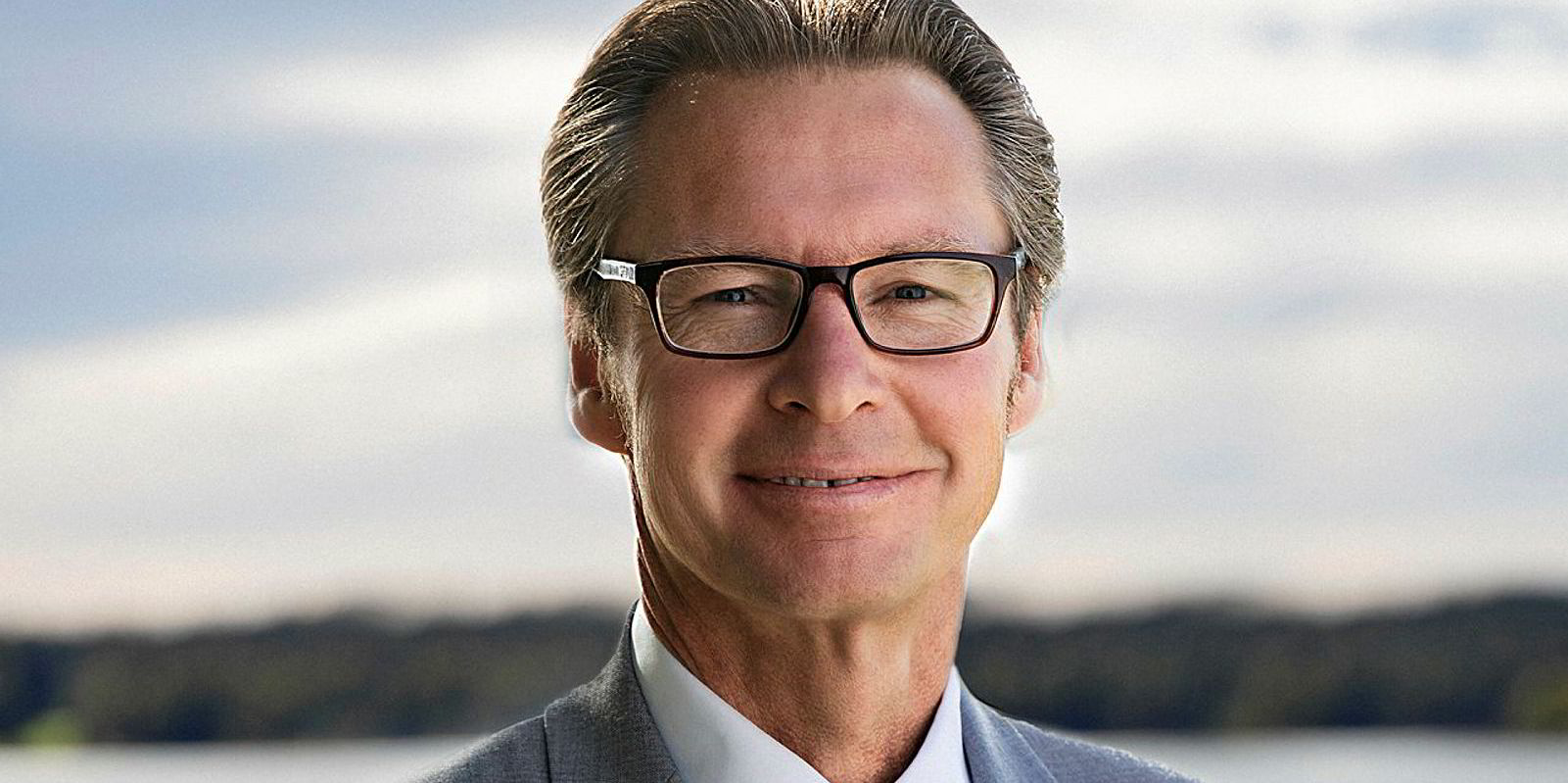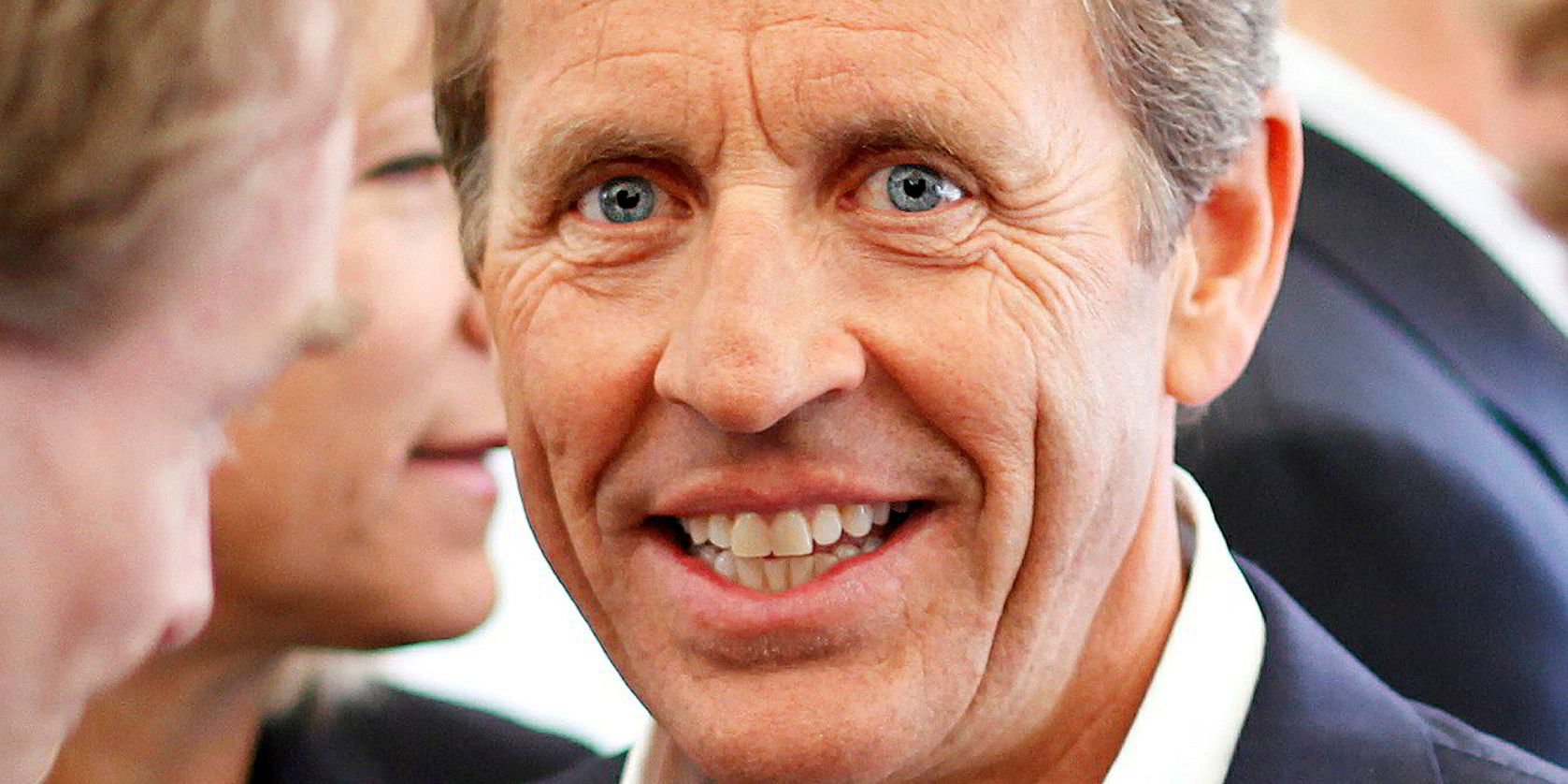Denmark's Maersk Supply Service is to trial a new charging buoy that will allow vessels to be resupplied with electrical energy at sea.
The offshore vessel owner is teaming up with domestic renewables giant Orsted to test the prototype.
The device will act as a safe mooring point, as well as allowing more ships to switch from oil-based fuels.
The prototype has been developed by Maersk Supply Service and will be tried out at one of Orsted’s offshore wind farms in the second half of 2021.
The idea is to supply power to one of Orsted's wind turbine service ships.
The buoy promises to be adaptable to a wide range of vessels, the shipowner said.
Emissions slashed
The device can recharge smaller battery-powered or hybrid ships, as well as supply power to larger vessels, enabling them to turn engines off when lying idle.
"Virtually all emissions are eliminated while the buoy is in use," said the AP Moller-Maersk company.
Within five years of global operation, Maersk Supply Service aims to remove 5.5m tonnes of CO2, additionally avoiding particulate matter, NOx, and SOx.
"As large parts of the global maritime fleet are getting ready to receive shore power in ports, timing is right for implementing this clean ocean-tech innovation," Maersk Supply Service said.
"The charging buoy is applicable as a mooring point outside ports, in offshore wind farms, and near vicinity to other offshore installations."
Orsted intends to make any "intellectual property" generated in designing the integration of the buoy publicly available to maximise the uptake potential.
More efficient
"The charging buoy tackles a multitude of problems; lower emissions, offering a safe mooring point for vessels, better power efficiency and eliminating engine noise," said Jonas Munch Agerskov, managing director for offshore renewables at Maersk Supply Service.
The executive told TradeWinds' sister newspaper Recharge: "Around two-thirds of the time when we have our vessels out at a wind farm, they are inactive. The idea is simple insofar as we want to convert that time [vessels] spend idling to using green electricity by flicking a switch. This way you have instantaneously substituted a large part of the fuel that we burn."
"We all subscribe to the idea of using green hydrogen and ammonia [to power our vessels] in the future, but with this project we will be able to test [a clean-energy solution] and start scaling it fast ... in the short- to medium-term."
For the demonstration phase of the project, the shipowner has received one of the largest ever Energy Technology Development and Demonstration Programme grants, under the Danish Energy Agency.
The company will bank DKK 22m ($3.45m) this year to help the engineering and trial.
The Danish Maritime Fund has provided initial co-financing.
"Orsted has set the ambitious target of having carbon neutral operations in 2025, which includes the operations of our offshore wind farms," said Mark Porter, senior vice president and head of operations at Orsted Offshore.






